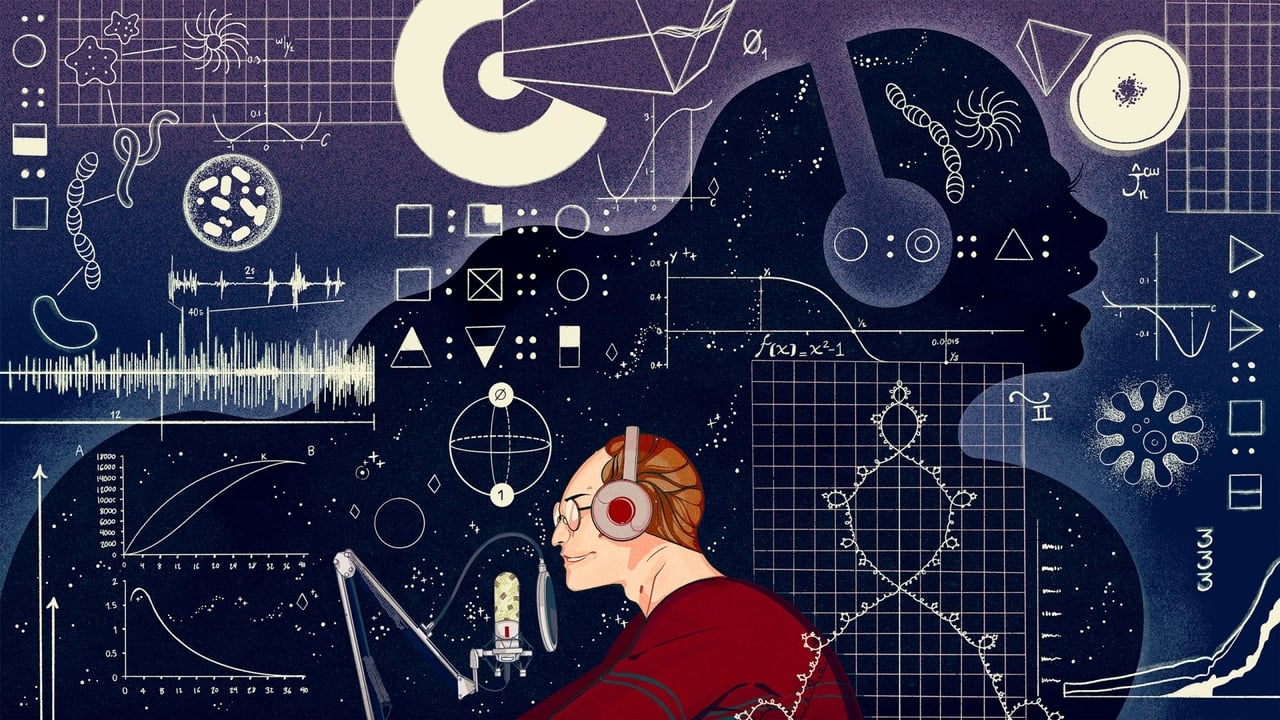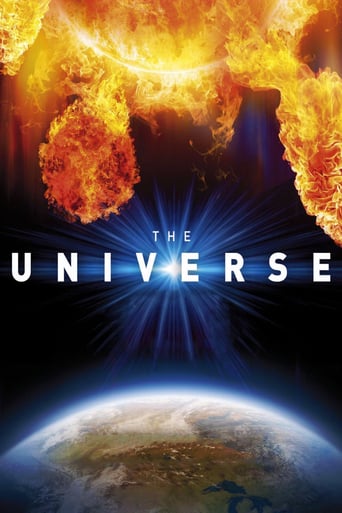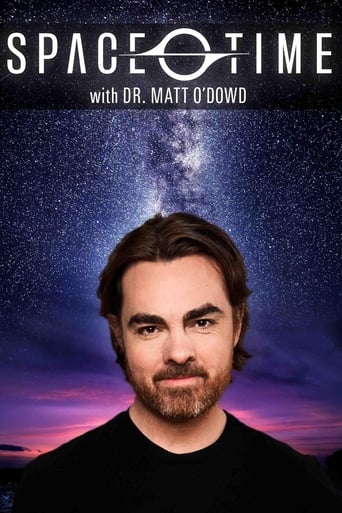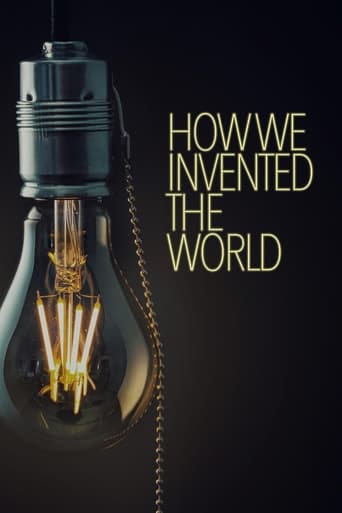Quanta Magazine Season 2015

Explore mind-bending developments in basic science and math research. Quanta Magazine is an award-winning, editorially independent magazine published by the Simons Foundation.
Watch NowWith 30 Day Free Trial!
Quanta Magazine
1
Explore mind-bending developments in basic science and math research. Quanta Magazine is an award-winning, editorially independent magazine published by the Simons Foundation.
Watch Trailer
With 30 Day Free Trial!
Quanta Magazine Season 2015 Full Episode Guide
Richard Dawid discusses the fine line between science and speculation.
Christoph Adami explains how information theory can explain the persistence of life.
Joan Strassmann explains the benefits of studying social amoebas.
Gabriela González explains how to measure black-hole collisions using gravitational waves.
David Kaplan explains why a simple definition of 'species' is hard to come by in our fifth In Theory video.
Nima Arkani-Hamed, a physicist at the Institute for Advanced Study, makes his "big-picture" case for building a 100-TeV particle collider.
Nancy Moran, a biologist at the University of Texas at Austin, explains how colony collapse disorder led her to study the bacteria that live in the guts of bees.
James Bullock, a physicist at the University of California, Irvine, explains why dark matter might be more complicated than astronomers have assumed.
In this 2-minute video, David Kaplan explains how the search for hidden symmetries leads to discoveries like the Higgs boson.
In a device in Benjamin de Bivort’s lab at Harvard University, a fly wanders through a tiny Y-shaped maze, choosing at the Y’s vertex whether to walk left or right. This array of Y-mazes allows researchers to track individual behavior in many flies simultaneously.
Benjamin de Bivort’s lab at Harvard University developed a device called the fly-vac to study individual behavior. Upon entering a chamber, the fly must choose to walk toward the light or dark end. A vacuum then sucks it back to the starting point, and it makes the choice again.
In this 2-minute video, David Kaplan explores the leading theories for the origin of life on our planet.
University College London physicist Hiranya Peiris explains the seemingly impossible -- how the multiverse can be experimentally tested.
In an infinitely branching multiverse, says MIT cosmologist Alan Guth, “there are an infinite number of one-headed cows and an infinite number of two-headed cows. What happens to the ratio?”
A video profile of the 2014 Nevanlinna Prize winner Subhash Khot, whose bold conjecture is helping mathematicians explore the precise limits of computation.
A video profile of the 2014 Fields medalist Maryam Mirzakhani, whose monumental work draws deep connections between topology, geometry and dynamical systems.
A video profile of the 2014 Fields medalist Martin Hairer, whose epic masterpiece in stochastic analysis, experts say, “created a whole world.”
The opening scene from George Csicsery’s film "Counting From Infinity," about Yitang Zhang, a previously unknown mathematician who two years ago solved a major problem in number theory that catapulted him to mathematical stardom.
Where did the universe come from? David Kaplan explores the leading cosmological explanation with the help of a baking metaphor.
A video profile of the 2014 Fields medalist Manjul Bhargava, whose search for artistic truth and beauty has led to some of the most profound recent discoveries in number theory.
A video profile of the mathematician Artur Avila, whose solutions to ubiquitous problems in chaos theory have earned him Brazil’s first Fields Medal in 2014.
A wide-ranging interview with the legendary mathematical physicist Freeman Dyson in which he discusses his work with Richard Feynman, his attempts to build a spaceship propelled by nuclear bombs and his controversial views on climate change.
David Kaplan explores one of the biggest mysteries in physics: the apparent contradiction between general relativity and quantum mechanics.
Free Trial Channels
Seasons




































